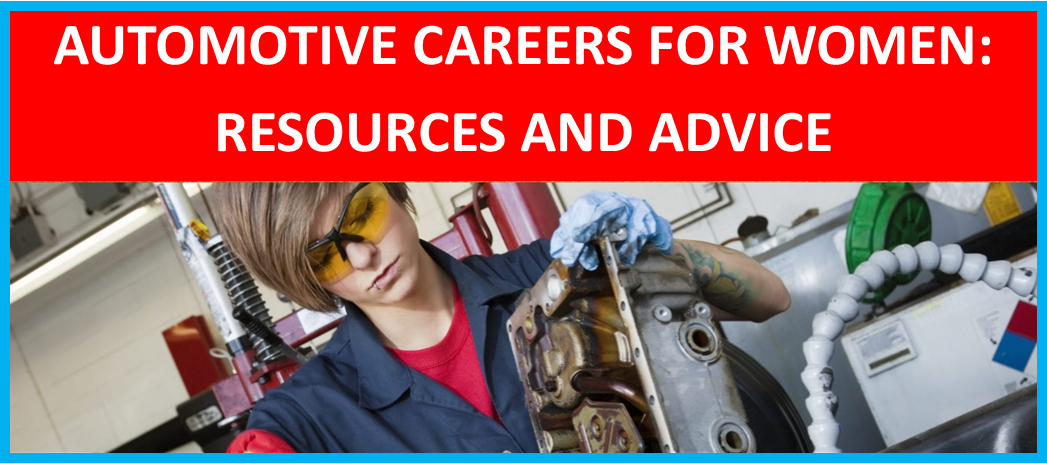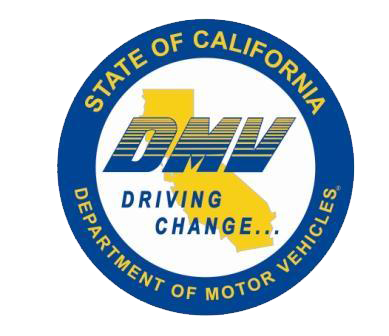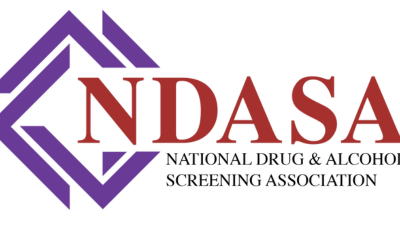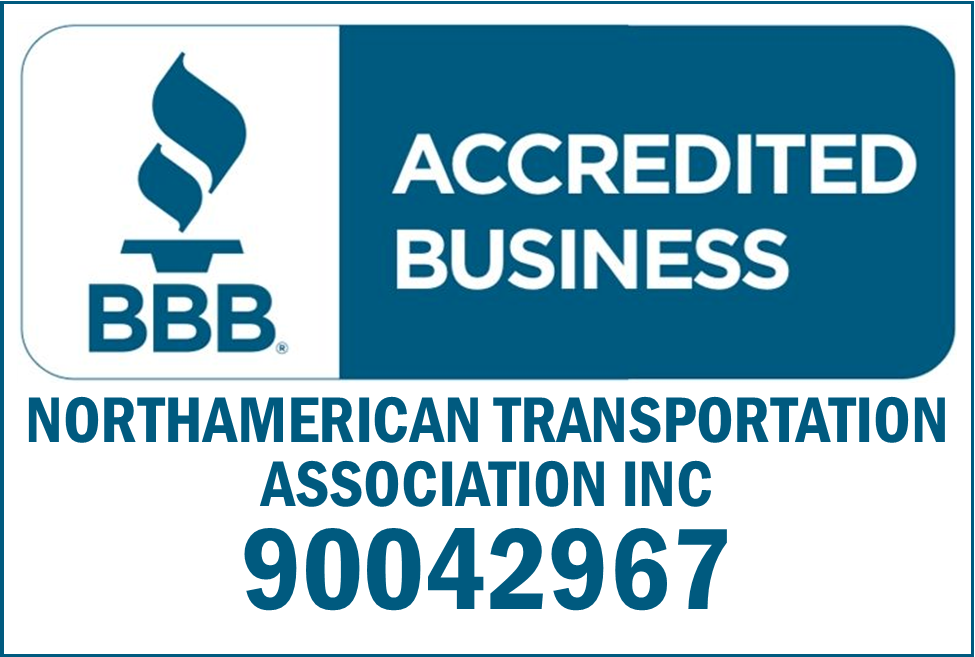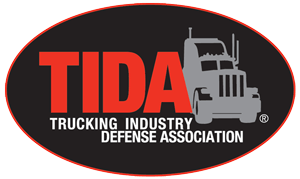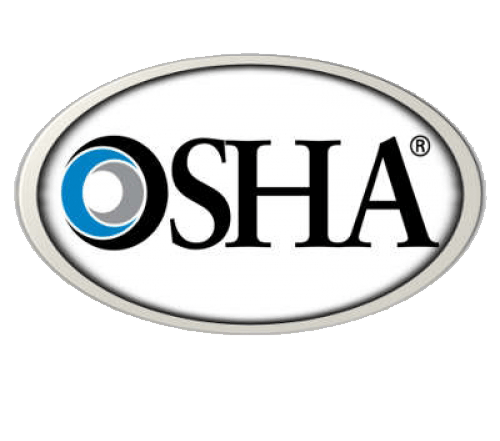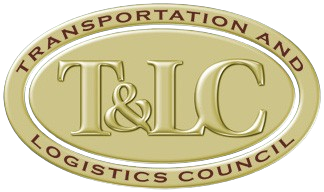Some Important Things that Trucking Companies Should Know About Runaway Juries and ‘Nuclear Verdicts' Part 2 of 3
Three factors that are driving up the numbers
1. Lawyers focus on emotion, not facts
An appeals court recently threw out a record $101 million “nuclear verdict” against a trucking company, saying the verdict was excessive and apparently “based upon the jury's disapproval of FTS rather than adequate and reasonable compensation for Patterson's actual injuries.”
And that’s exactly what many plaintiff’s lawyers are trying to achieve.
One term you hear in relation to this is “reptile theory” – the strategy of unlocking the jury’s “reptilian brain,” triggering the primitive part of their mind instead of using logic and applying the facts of the case to the law.
These attorneys are “trying to generate fear and anger in the jury pool over the practices of the trucking company as opposed to the facts of the actual case,” said Todd Reiser, a senior VP and transportation insurance professional with Lockton Companies, during a Truckload Carriers Association virtual safety event in June. “Even if the trucking company wasn’t liable in any way, the attorneys are convincing the jury that the motor carrier doesn’t care about the public.”
“Even if the trucking company wasn’t liable in any way, the attorneys are convincing the jury that the motor carrier doesn’t care about the public.”
ATRI’s report said that while there was much discussion and debate on the existence and role of the reptile theory, “there was general consensus that emotion, egos, and sentiment play a crucial role in ‘winning over the jury.’”
The report also said that the difference between the defense and plaintiff approaches can be defined using classical rhetoric terms: logos vs pathos. “The defense often relies on logic, technical witnesses, compliance with FMCSRs and other rational arguments. Plaintiff attorneys often times rely on emotional pleas and ‘heart string’ stories to win over the jury with sympathy and empathy. The example provided was juxtaposing a mechanical engineer describing brake stopping distances vs a child testifying about the loss of a sibling.”
2. Fraud is getting more sophisticated
Whether it is medical fraud, insurance fraud or crash fraud, ATRI said, it was described as previously uncommon and unsophisticated. “Now entire ‘teams’ involving medical and legal stakeholders as well as fake victims and spotters often work together,” said the report.
One only has to look at the recent news out of New Orleans, where nearly 20 people have been charged in a scheme to purposefully cause accidents with tractor-trailers.
“In some cases, the attorneys knew that the participants were uninjured but referred them to medical providers for treatment to increase the value of subsequent lawsuits,” said a release from the U.S. Attorney’s Office for the Eastern District of Louisiana. “In total, the victim trucking and insurance companies paid out $277,500 for these fraudulent claims.”
One of them, Damian Labeaud, has pleaded guilty, admitting he staged numerous accidents for various attorneys, including at least 40 staged accidents with 18-wheeler tractor-trailers for just a single lawyer.
After each staged accident, Labeaud would connect the passengers in the staged accidents with the attorney, so the lawyer representing them in conjunction with the accident. The attorney would then pay Labeaud $1,000 for every passenger that was involved in a staged accident with an 18-wheeler.
3. ‘Investors’ are rolling the dice on trucking lawsuits
Litigation financing has become one of the fastest-growing trends in trucking litigation. This is where outside interests make investments in plaintiff’s attorney firms and fund lawsuits with the intent of sharing in the winnings. It’s sort of a cross between playing the stock market on Wall Street and rolling the dice in Vegas, and according to ATRI, it’s largely unregulated.
“A private equity firm or a hedge fund could look at a case that the plaintiff’s lawyer might not see as a great chance for a verdict and fund litigation with the intent that if there is a large verdict, they get to keep a large amount,” explained Reiser. “People with no interest in these cases are rolling the dice. In many jurisdictions, that’s not even admissible to a jury. The jury isn’t necessarily even aware that some outside party is going to share in the winnings if they do get a big verdict.”
Worldwide, ATRI said, litigation financing is estimated to be a $400 billion industry, although it is just in its infancy in the U.S. Litigation financing in the U.S. grew more than 745% between 2015 and 2019.
Reiser said there are efforts to fight this practice. “We have been making some headway at least in making sure it’s something the juries at least are aware of.”
Big Brother is Watching
Some of you may or not know of the existence of the Central Analysis Bureau (CAB). This is the CIA of trucking data. The CAB is available exclusively to CAB subscribers. It provides comprehensive, up-to-date information on any motor carrier including “Chameleon Carriers” regarding the motor carrier’s safety, finances, and overall operations.
Lately, they have added some pertinent information from the last six years. They now contain the FMCSA enforcement cases which are initiated following compliance reviews, complaint investigations, terminal audits, roadside inspections, or other investigations. They will provide the full history of closed enforcement cases. Why is this so important? CAB users (insurance industry) can use this information to better understand if a motor carrier has a closed enforcement case and engage with the motor carrier to understand what caused the enforcement action and how it was resolved.
An enforcement case is deemed “closed” once FMCSA issues a carrier a “Notice of Claim” (NOC) and the carrier has 1) paid the penalty in full, 2) signed a settlement, or 3) defaulted on the NOC, upon which a “Final Agency Order” was issued.
So, trust me. There is no place to hide. There is no one else to blame but yourself for your high insurance premiums!
What is the Answer?
You can gripe and grumble about how unfair it seems or you try to out fox the foxes i.e. the insurance companies. Learn how they underwrite. Most insurance companies receive their information from large databases, looking at things such as lanes of travel, commodities hauled, MVR reports, radius of travel, safety technology, etc. IF you run a lot of miles in states known for nuclear verdicts and high insurance settlements, your rate will reflect that.
They also look at factors such as the depth of the management team, its safety culture, its financial strength, its CSA scores, use of safety technology and overall trends.
Almost any failure to adhere to FMCSRs or company safety policies will be the focus of plaintiff arguments. The most common examples included failure to run proper background checks, failure to conduct or review drug testing, and tolerance of driver violations such as HOS and logbook citations.” In one case, for instance, the company was sued for negligent hiring, in part because the truck driver was hired despite having three traffic violations within 36 months before he was hired – even though there was a company policy against it.
NorthAmerican Transportation Association recommends that motor carriers should consider FMCSRs as the minimum standards, which can and should be exceeded. “The ability of defense attorneys to document carrier or driver safety activities that exceed FMCSRs carries great weight with juries.”

